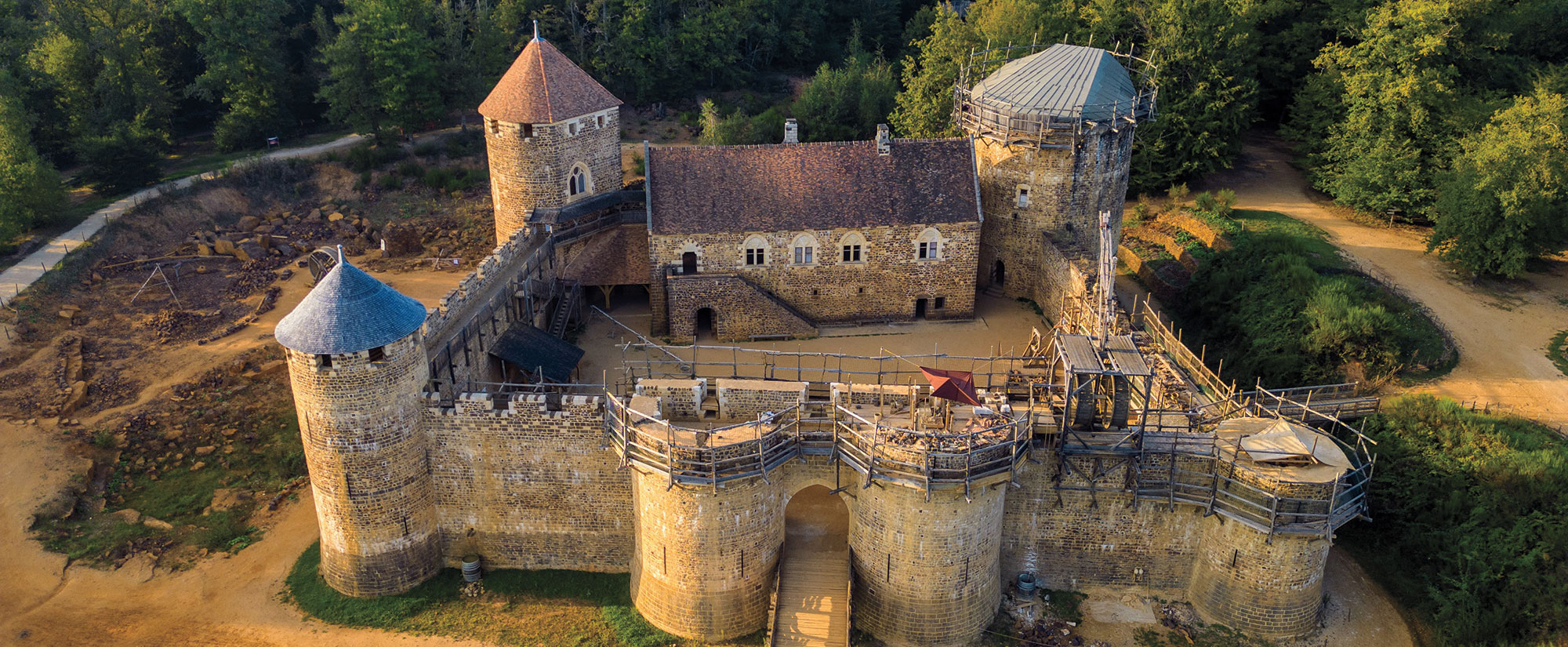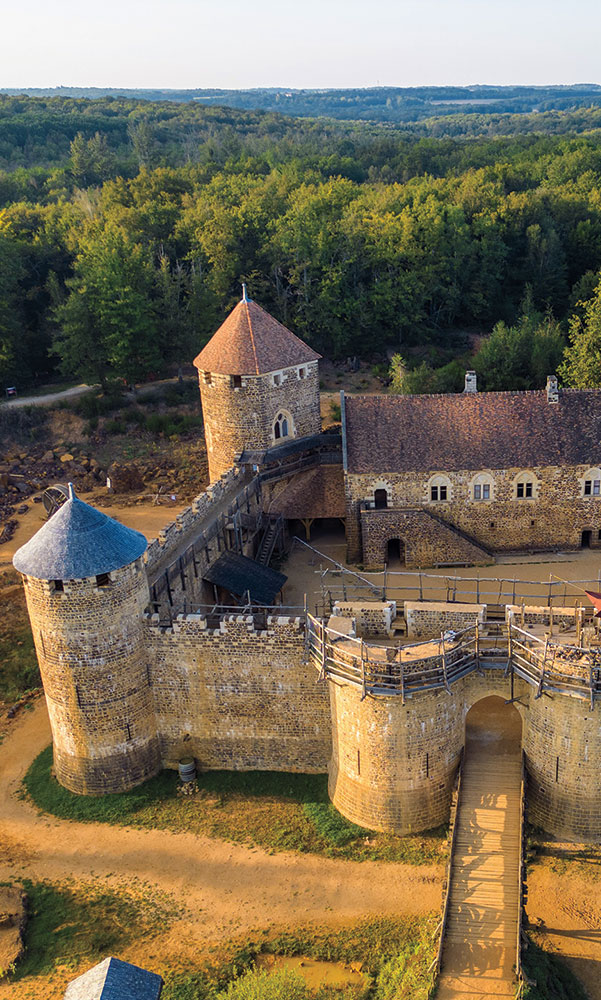HUAYTARÁ, PERU—According to a statement released by the University of California, Los Angeles (UCLA), art historian Stella Nair of UCLA and her colleagues suggest that a surviving Inca structure in central Peru was built to amplify sound. The stone building, called a carpa uasi, or “tent house,” is thought to have been constructed in the mid-fifteenth century. It was preserved because it was repurposed as the bottom level of a Christian church by later Spanish colonists. The carpa uasi had walls on three sides, with an opening at one end. Nair said that sound, perhaps in the form of drums, could have been focused toward the open end of the building and out to the surrounding area. “Sound was deeply valued and an incredibly important part of Andean and Inca architecture—so much so that the builders allowed some instability in this structure just because of its acoustic potential,” Nair said. She and team member Jonathan Berger of Stanford University will employ 3D modeling to investigate what the roof of the carpa uasi may have looked like, and how sound would have traveled through and out of the building. To read about the potential use of another mystifying Inca structure, go to "An Overlooked Inca Wonder."
Researchers Explore Possible Use of an Inca Structure in Central Peru
News October 27, 2025
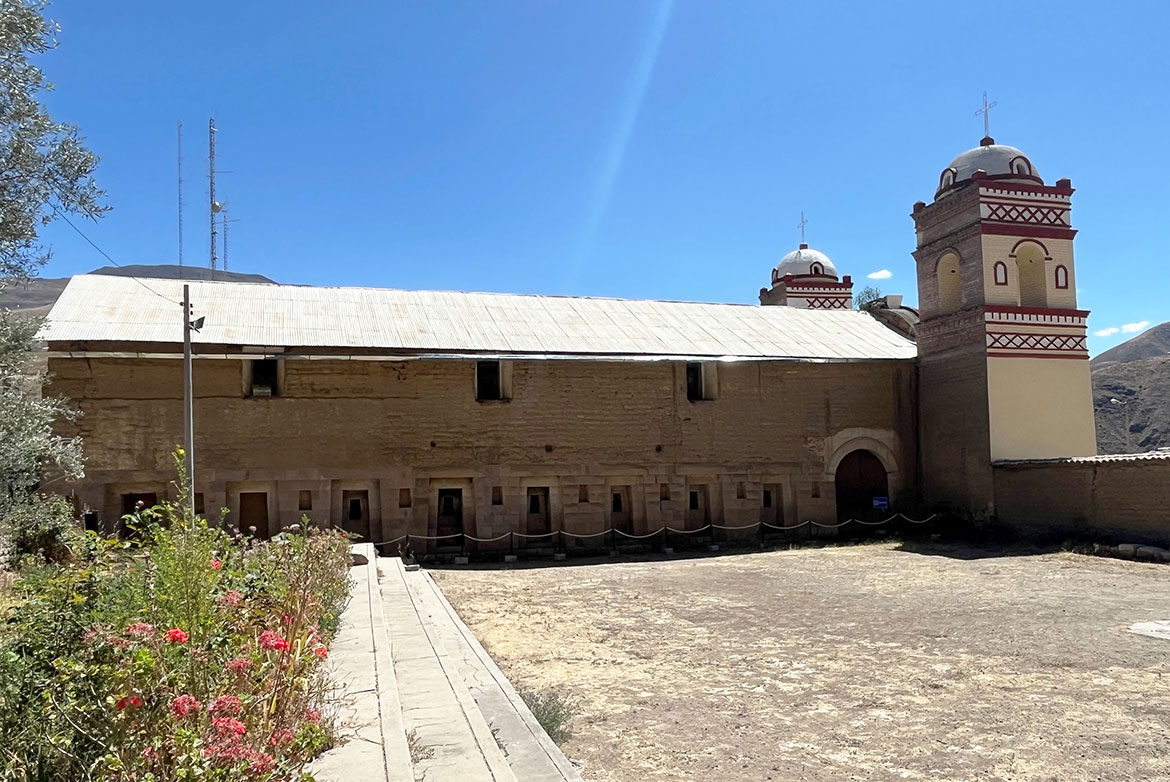
Recommended Articles
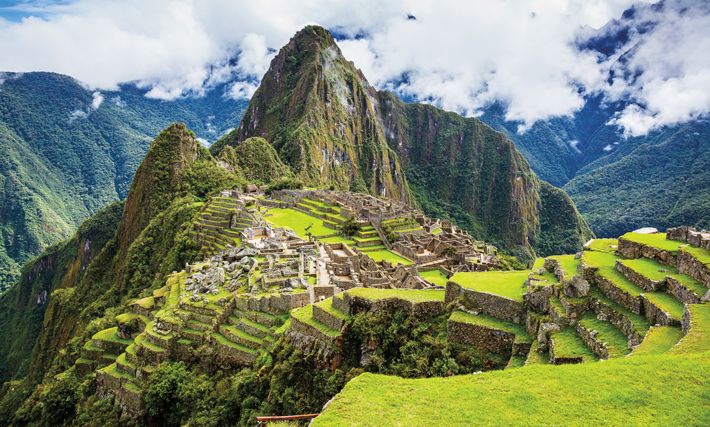
Artifacts January/February 2021
Inca Box with Votive Offerings
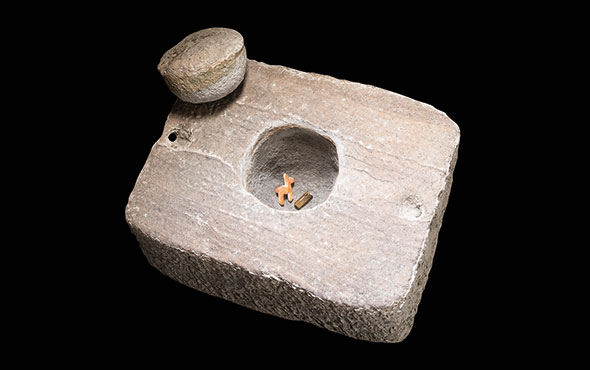
Digs & Discoveries May/June 2018
A Mark of Distinction
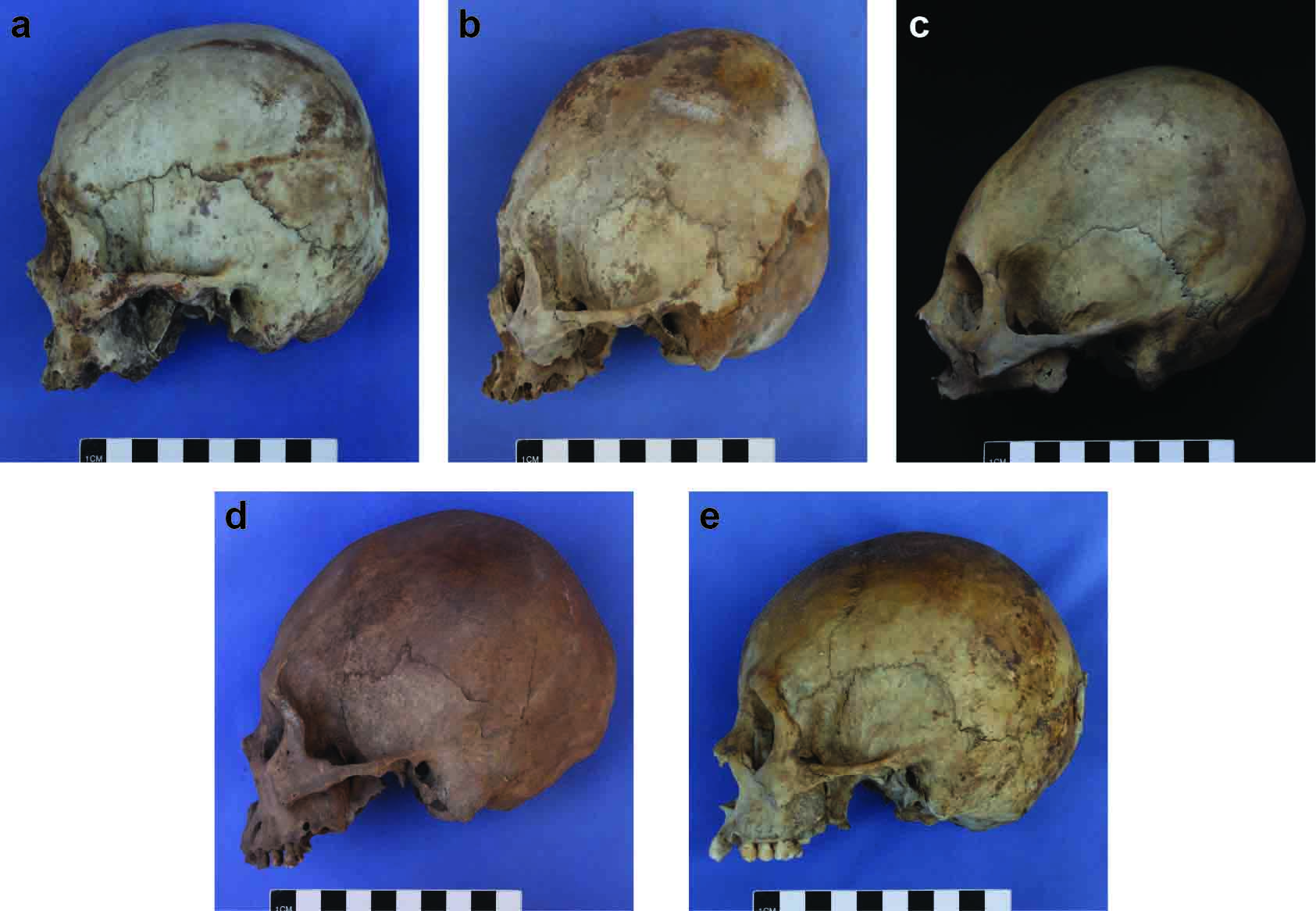
Features May/June 2016
An Overlooked Inca Wonder
Thousands of aligned holes in Peru’s Pisco Valley have attracted the attention of archaeologists
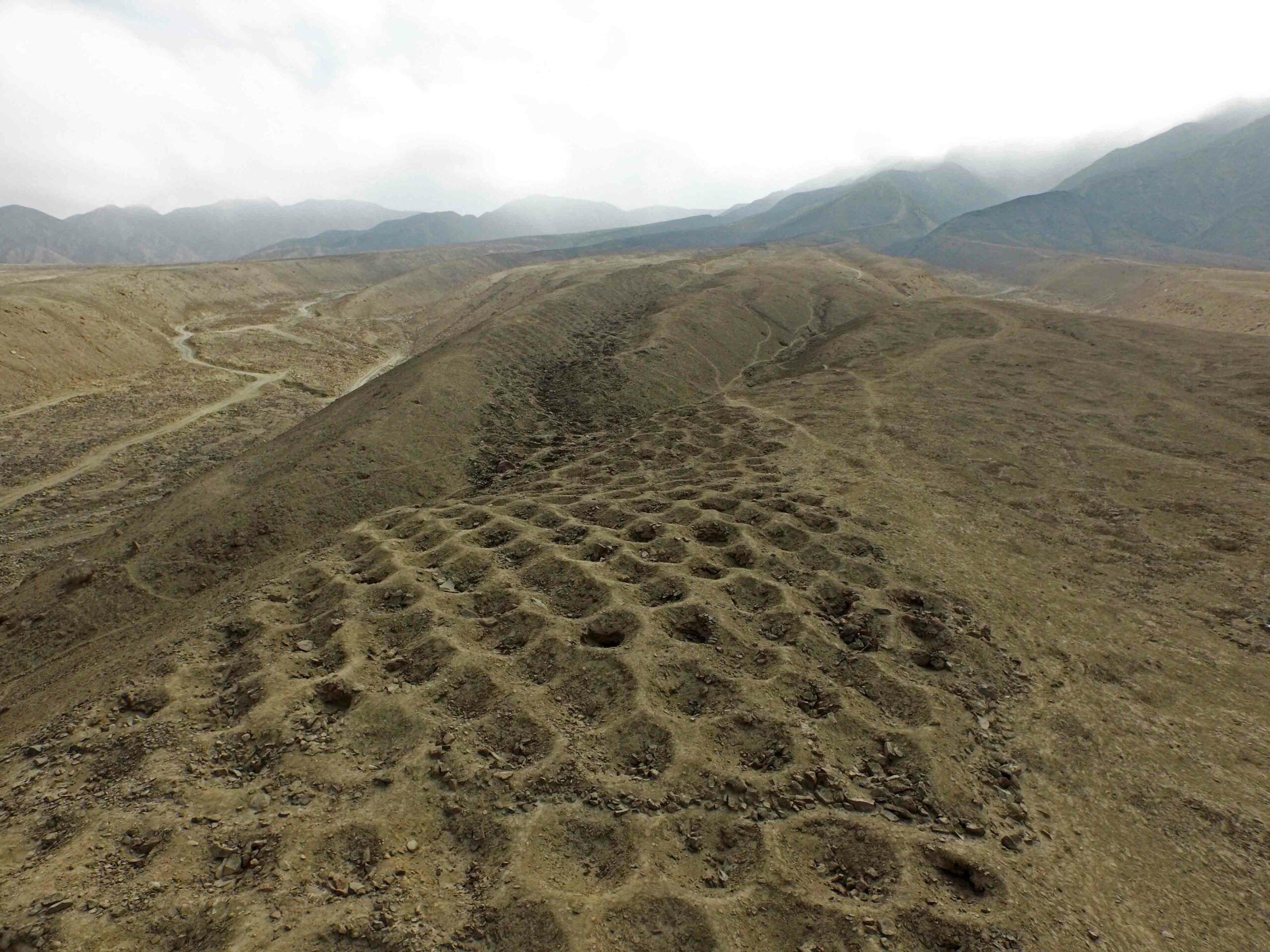
-
Features September/October 2025
Spirit Cave Connection
The world’s oldest mummified person is the ancestor of Nevada’s Northern Paiute people
 Howard Goldbaum/allaroundnevada.com
Howard Goldbaum/allaroundnevada.com -
Features September/October 2025
Here Comes the Sun
On a small Danish island 5,000 years ago, farmers crafted tokens to bring the sun out of the shadows
 Courtesy the National Museum of Denmark
Courtesy the National Museum of Denmark -
Features September/October 2025
Myth of the Golden Dragon
Eclectic artifacts from tombs in northeastern China tell the story of a little-known dynasty
 Photograph courtesy Liaoning Provincial Museum, Liaoning Provincial Institute of Cultural Relics and Archaeology, and Chaoyang County Museum
Photograph courtesy Liaoning Provincial Museum, Liaoning Provincial Institute of Cultural Relics and Archaeology, and Chaoyang County Museum -
Features September/October 2025
Remote Sanctuary at the Crossroads of Empire
Ancient Bactrians invented distinct ways to worship their gods 2,300 years ago in Tajikistan
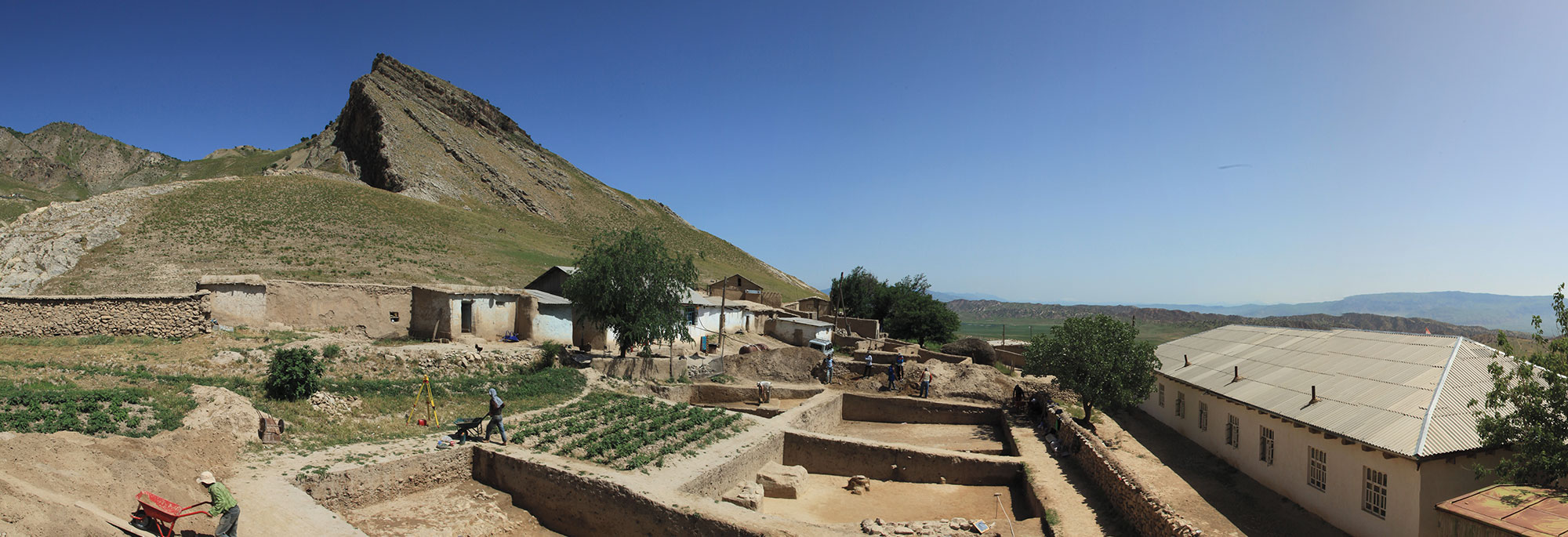 Gunvor Lindström/Excavations supported by the German Research Foundation
Gunvor Lindström/Excavations supported by the German Research Foundation


